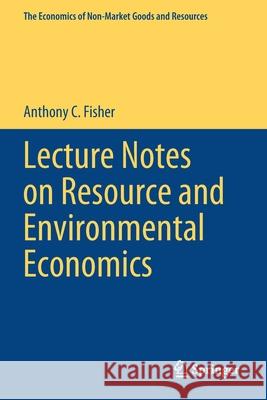Lecture Notes on Resource and Environmental Economics » książka
topmenu
Lecture Notes on Resource and Environmental Economics
ISBN-13: 9783030489601 / Angielski / Miękka / 2021 / 148 str.
Lecture Notes on Resource and Environmental Economics
ISBN-13: 9783030489601 / Angielski / Miękka / 2021 / 148 str.
cena 443,82 zł
(netto: 422,69 VAT: 5%)
Najniższa cena z 30 dni: 424,07 zł
(netto: 422,69 VAT: 5%)
Najniższa cena z 30 dni: 424,07 zł
Termin realizacji zamówienia:
ok. 22 dni roboczych
Bez gwarancji dostawy przed świętami
ok. 22 dni roboczych
Bez gwarancji dostawy przed świętami
Darmowa dostawa!
Kategorie:
Kategorie BISAC:
Wydawca:
Springer
Seria wydawnicza:
Język:
Angielski
ISBN-13:
9783030489601
Rok wydania:
2021
Wydanie:
2020
Numer serii:
000289631
Ilość stron:
148
Waga:
0.24 kg
Wymiary:
23.39 x 15.6 x 0.89
Oprawa:
Miękka
Wolumenów:
01
Dodatkowe informacje:
Wydanie ilustrowane











